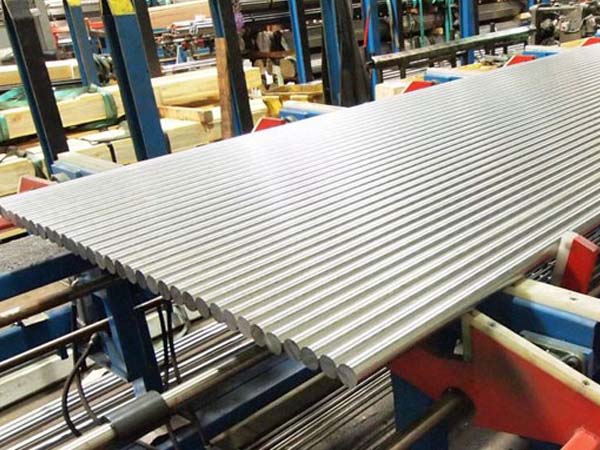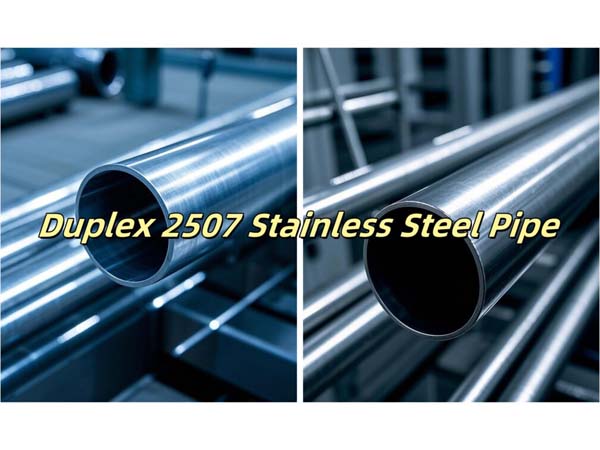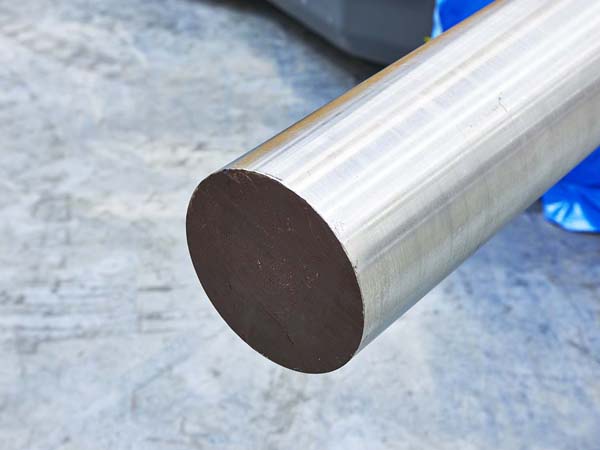





Phone
+86-731-82250427
Address
25th floor, C3 Building, Wanda Plaza, Kaifu District, Changsha, Hunan Province, China.
 Apr 2 2025
Apr 2 2025Incoloy 800 pipe, a nickel-iron-chromium alloy renowned for its high-temperature strength and corrosion resistance, has long been a cornerstone material in industries ranging from nuclear energy to petrochemical processing. Yet, despite its robust performance, the alloy’s Achilles’ heel lies in its grain boundaries—the microscopic interfaces between crystallites that often become hotspots for degradation. Under the relentless assault of thermal cycling, corrosive media, and mechanical stress, these grain boundaries can succumb to chromium depletion, impurity segregation, or carbide precipitation, leading to catastrophic failures such as intergranular cracking or stress corrosion. A 2023 study of offshore oil pipelines revealed that over 75% of stress-related failures originated at grain boundaries compromised by chromium depletion exceeding 12%, underscoring the urgency of addressing this microscopic vulnerability.
To combat these challenges, researchers have turned to grain boundary engineering—a sophisticated approach that reimagines the alloy’s microstructure at the atomic scale. Unlike traditional methods that focus solely on bulk composition, grain boundary engineering manipulates the chemistry, geometry, and stability of these critical interfaces. One breakthrough strategy involves thermomechanical processing, where controlled cold rolling followed by annealing transforms chaotic grain boundary networks into organized arrays of coherent twin boundaries. These geometrically ordered interfaces, which exhibit up to three times greater resistance to crack propagation than random grain boundaries, act as microscopic roadblocks against failure. In one industrial trial, laser-shock peening was employed to create a gradient grain structure in Incoloy 800 steam pipes, where a surface layer of ultrafine grains absorbed cyclic stresses while the bulk material maintained high-temperature integrity. The result? A pipeline system that withstood 50,000 thermal cycles without detectable damage, far surpassing conventional counterparts.
The science of grain boundary engineering extends beyond physical restructuring to atomic-level chemical precision. Advanced techniques like atom probe tomography have revealed how trace additions of elements like boron or lanthanum can fundamentally alter grain boundary behavior. For instance, doping Incoloy 800 with 50 parts per million of boron effectively “poisons” sulfur segregation at grain boundaries by occupying preferential sites, reducing impurity accumulation by 90%. Similarly, lanthanum additions as low as 0.1% stabilize protective chromium oxide scales even at grain boundaries exposed to 650°C steam—a critical advancement for nuclear reactor components. These chemical interventions are now being augmented by computational tools, where machine learning models trained on thousands of transmission electron microscopy datasets predict optimal processing parameters, accelerating the development of next-generation alloys.
The real-world impact of these innovations is perhaps best illustrated by a recent nuclear industry case study. When fourth-generation reactor steam pipes made of conventional Incoloy 800 began showing intergranular cracks after just seven years of service—half their projected lifespan—engineers implemented a multi-pronged grain boundary engineering solution. First, aging treatments at 720°C precipitated nanoscale niobium carbide particles along grain boundaries, pinning them against migration while blocking chromium diffusion. Concurrently, laser surface remelting created a 100-micron-thick layer rich in coherent twin boundaries at the pipe’s inner surface, the region most vulnerable to corrosive attack. Post-treatment monitoring via in-situ electron backscatter diffraction confirmed that grain boundary oxidation rates dropped by 70%, extending the pipes’ projected service life beyond 25 years. This success story not only demonstrates the scalability of grain boundary engineering but also highlights its economic significance: every year of extended operation in a typical nuclear plant represents over $50 million in avoided downtime and replacement costs.
Looking ahead, the frontier of grain boundary science is pushing into even more revolutionary territory. Researchers are exploring “self-healing” grain boundaries pre-loaded with aluminum or silicon reservoirs that oxidize to seal microcracks autonomously—a concept borrowed from biological systems. Others are leveraging four-dimensional scanning transmission electron microscopy to map the electronic states of grain boundaries, enabling predictive models of corrosion susceptibility long before visible damage occurs. In hydrogen energy applications, where traditional alloys suffer embrittlement, novel grain boundary designs incorporating hydrogen-trapping vacancies are showing promise for safe hydrogen transport. These advancements, once laboratory curiosities, are now being codified into international standards, with the American Society of Mechanical Engineers recently incorporating grain boundary engineering protocols into its 2024 nuclear materials codebook.
What emerges from this nanoscale revolution is a paradigm shift in materials design—one where engineers no longer merely select alloys but actively sculpt their atomic architectures to meet specific operational demands. For alloy 800 pipe, once considered a mature material, grain boundary engineering has unlocked performance reserves that redefine its role in critical infrastructure. From nuclear reactors operating at the edge of material limits to hydrogen pipelines traversing corrosive seabeds, the mastery of grain boundaries is proving to be the difference between failure and longevity. As industries worldwide grapple with the dual pressures of sustainability and safety, this fusion of atomic-scale insight and industrial pragmatism may well set the standard for 21st-century materials innovation.
